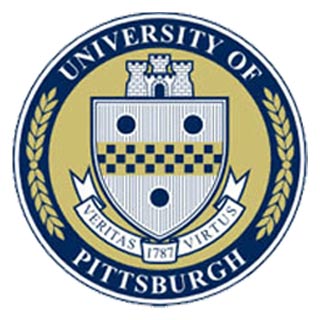
The drug, JP4-039, is known to be a free-radical scavenger targeted to the mitochondria, the energy generator of all cells. For the purpose of the study, authors were believed to have compared the healing time of fractures in a mouse model system treated immediately after radiation exposure with JP4-039 against a control group of mice that did not receive the drug.
“This study has important implications on two levels. From a patient care standpoint, this drug could eventually be beneficial to pediatric cancer patients who are vulnerable to the late effects of radiation treatment on bone growth and development,†says, study author, Abhay S. Gokhale, M.D., M.B.A., chief resident in the Department of Radiation Oncology.
Gokhale further continued saying that, “From an emergency response perspective, if the ideal dosage of the drug is developed and we find a way to have it easily administered, it could potentially help people exposed to radiation in an accident or attack.â€
The findings of the study revealed that the fractured bones in the group treated with JP4-039 seem to have healed much more quickly in contrast to the control group. Previous study conducted by this team showed that JP4-039 may help protect cells from the damaging effects of radiation.
This study was observed to have been carried out in the laboratory of Joel Greenberger, M.D., and Michael Epperly, Ph.D., with co-author Peter Wipf, Ph.D., in the Department of Chemistry at Pitt, overseen by Pitt’s Center for Medical Countermeasures Against Radiation.
The center appears to have been dedicated in identifying and developing tiny molecule radiation protectors and mitigators. Moreover, these small molecule radiation protectors and mitigators could be easily accessed and administered in the occurrence of an extensive radiological or nuclear emergency.
The findings of the study have been presented during the American Society for Radiation Oncology (ASTRO) annual meeting in Chicago.
